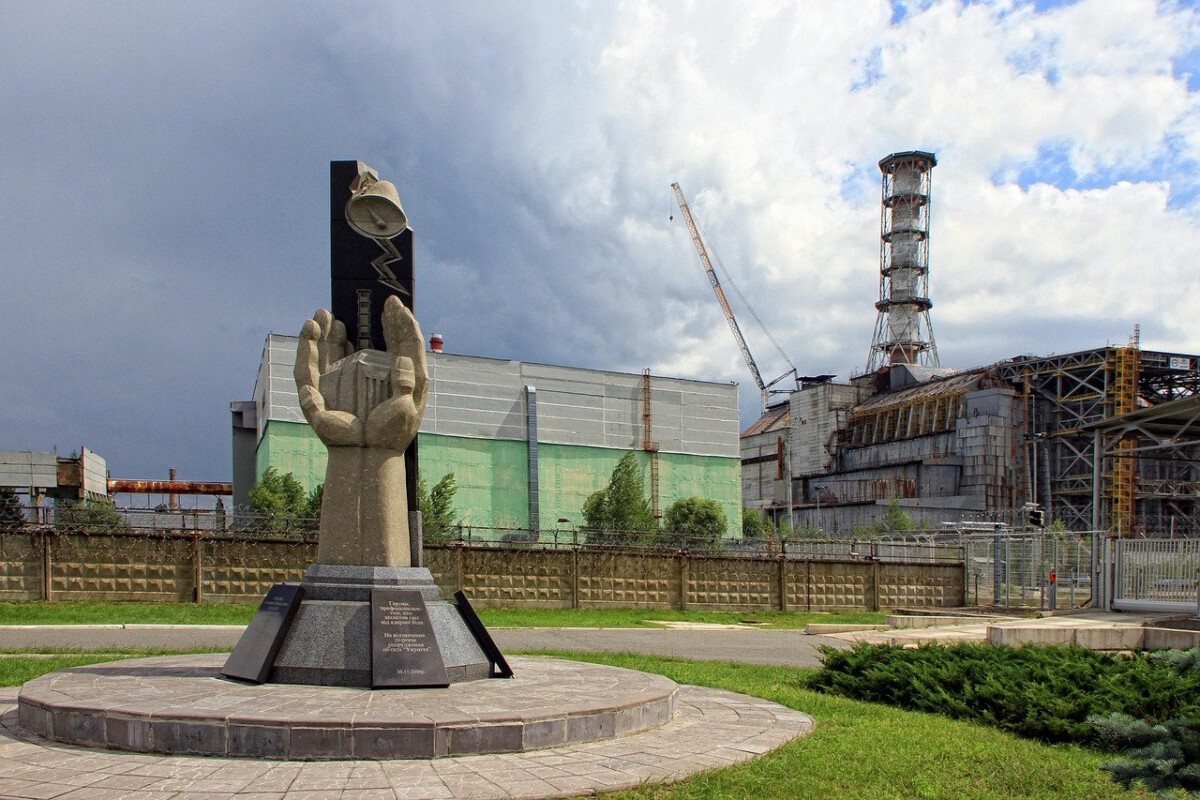1. The Prelude to Catastrophe
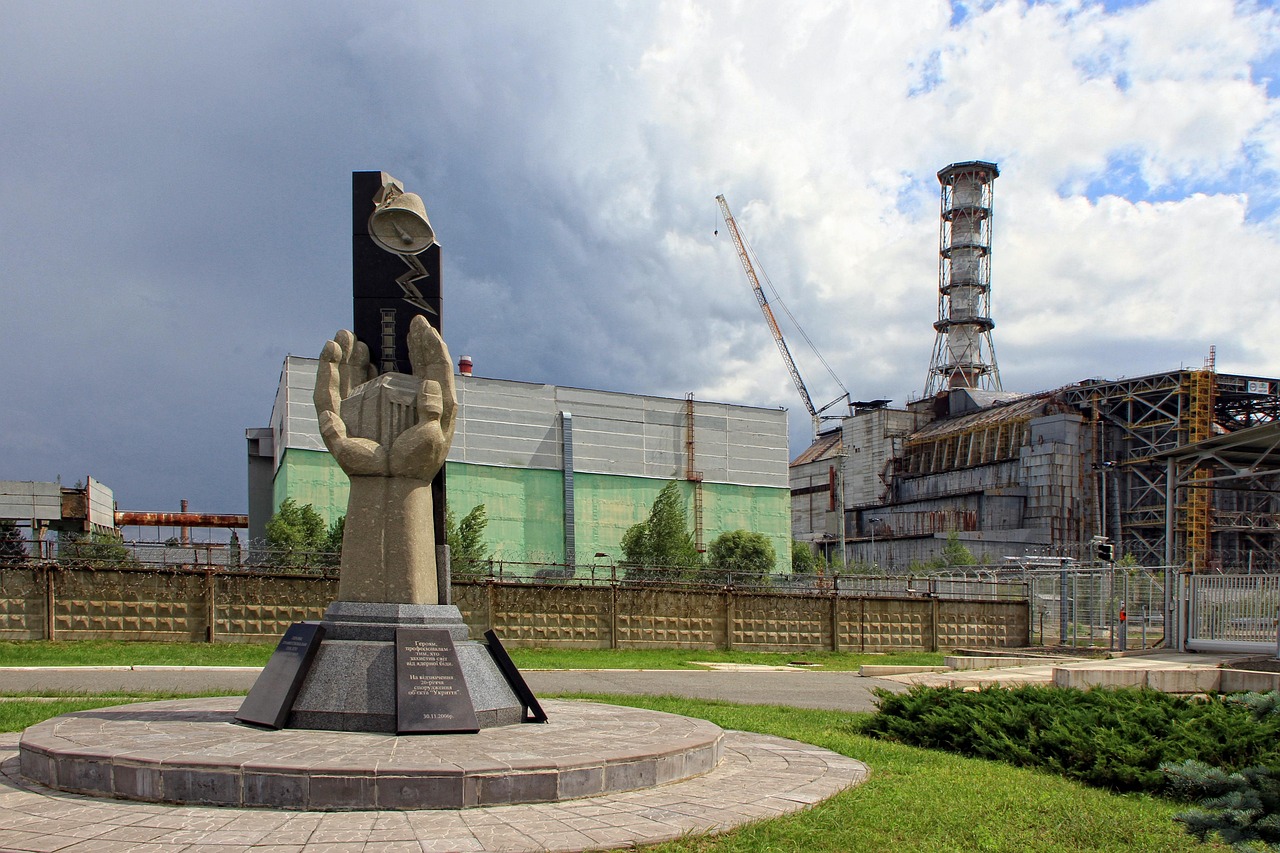
The events leading up to Chernobyl’s explosion on April 26, 1986, were shaped by a troubling combination of design flaws and organizational pressures. The RBMK reactor, a Soviet-era design, lacked a robust containment structure that could have mitigated the release of radioactive materials. The Soviet Union’s drive for rapid industrialization meant that safety checks were sometimes ignored in favor of meeting energy quotas. On the night of the disaster, engineers were conducting a safety test—a procedure intended to simulate a power outage and assess backup systems. However, poor communication, inadequate training, and a critical misunderstanding of the reactor’s quirks led to a series of irreversible mistakes. According to the International Atomic Energy Agency (IAEA), the RBMK’s positive void coefficient made it dangerously unstable at low power. The operators, unaware of the full risks, inadvertently pushed the reactor into a state where a catastrophic surge became inevitable. The combination of technological and human errors laid the groundwork for the worst nuclear disaster in history.
2. Immediate Aftermath and Response

Moments after the explosion, first responders rushed to the scene, unaware of the invisible threat posed by intense radiation. Firefighters and plant workers battled the flames for hours, many without protective gear or knowledge of the health risks. The Soviet government withheld information from both its citizens and the world, delaying evacuations and leaving local populations exposed. The World Health Organization (WHO) has detailed how approximately 600,000 “liquidators”—emergency workers tasked with cleanup—were sent in over subsequent months. Many suffered from acute radiation syndrome, while thousands more have developed chronic illnesses over the decades. Initial containment efforts included dropping sand, boron, and lead from helicopters onto the burning core, but these measures were only partially effective. The government’s secrecy and slow response contributed to panic, confusion, and a mounting health crisis that would unfold over years.
3. The Human Cost of Chernobyl
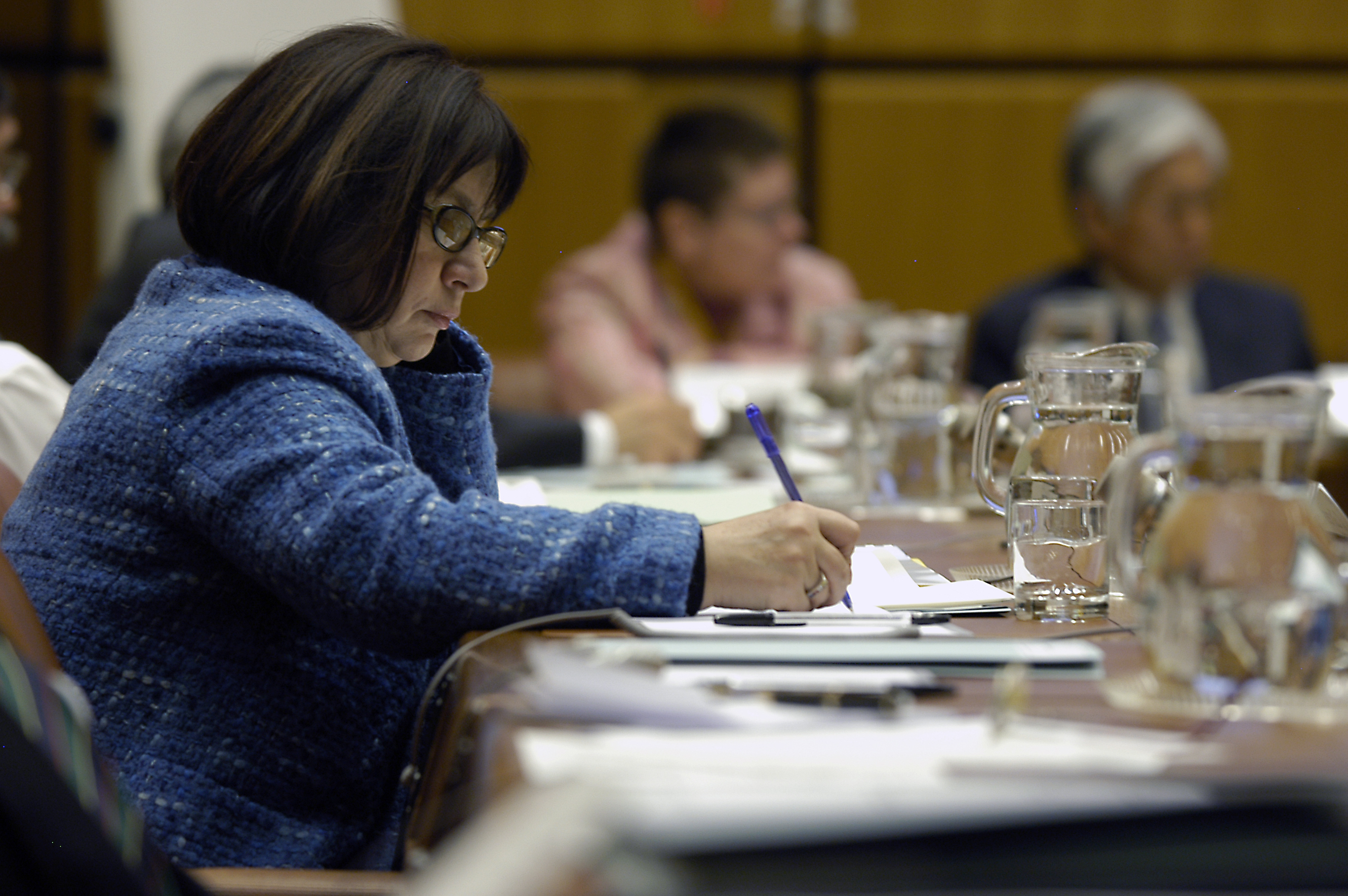
The toll on human life from Chernobyl is still being calculated, nearly four decades later. According to a 2021 Chernobyl Forum assessment, around 4,000 deaths are expected among those most heavily exposed, such as plant staff and emergency workers. The United Nations Scientific Committee on the Effects of Atomic Radiation (UNSCEAR) has identified thousands of thyroid cancer cases, especially in children, caused by contaminated milk and food. Research continues to reveal rising rates of other cancers, congenital disorders, and psychological trauma among affected populations. The psychological scars are immense—many survivors face ongoing anxiety, depression, and post-traumatic stress disorder (PTSD). Families were uprooted with little notice, forced to leave behind homes and belongings as entire towns were evacuated. Today, health monitoring and support programs remain active in Ukraine, Belarus, and Russia, reflecting the disaster’s enduring human legacy.
4. Environmental Impact and Contamination
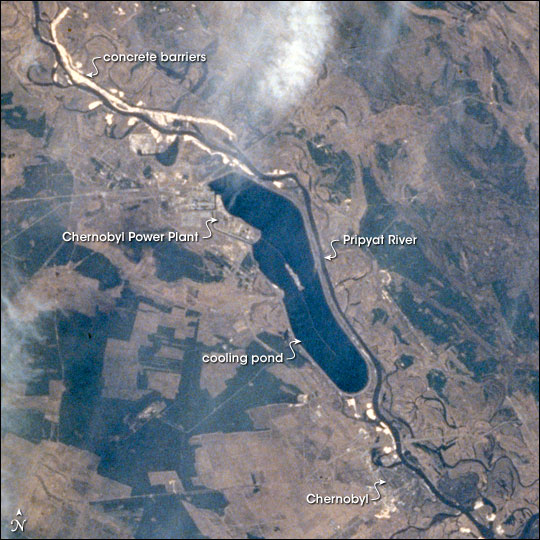
Chernobyl’s environmental consequences have proved both persistent and far-reaching. The explosion released radioactive isotopes—cesium-137, strontium-90, and iodine-131—across vast swathes of Europe, contaminating land, water, and air. A 2023 study in Environmental Science & Technology found that radiation levels in the Exclusion Zone, which covers about 1,600 square kilometers, still far exceed safe limits in many places. Agricultural land, forests, and rivers remain off-limits for human use, and some areas may never be habitable again. Intriguingly, the absence of humans has allowed wildlife to flourish: populations of wolves, bears, lynxes, and wild boar have grown, and researchers now study how these animals adapt to chronic radiation exposure. Soil and water monitoring continue, and periodic wildfires threaten to re-mobilize radioactive particles, posing renewed risks to nearby communities.
5. The Global Nuclear Debate

Chernobyl profoundly altered the world’s view on nuclear energy. Governments worldwide began to re-examine the role of nuclear power in their energy strategies. Germany, for example, committed in the 2010s to a full nuclear phase-out—a policy reaffirmed in 2023, despite energy security debates. The Pew Research Center’s 2024 survey showed Americans are split on nuclear power: 48% support its use for clean energy, while 43% remain wary due to safety concerns. Countries like France and the United States have tightened regulatory protocols, whereas others, such as Italy, have abandoned nuclear power altogether. The disaster led to the formation of international safety bodies and conventions, including the Convention on Nuclear Safety, designed to foster transparency and best practices. Chernobyl’s shadow continues to influence policy and public opinion, especially as nations seek alternatives to fossil fuels.
6. Lessons Learned: Safety Reforms
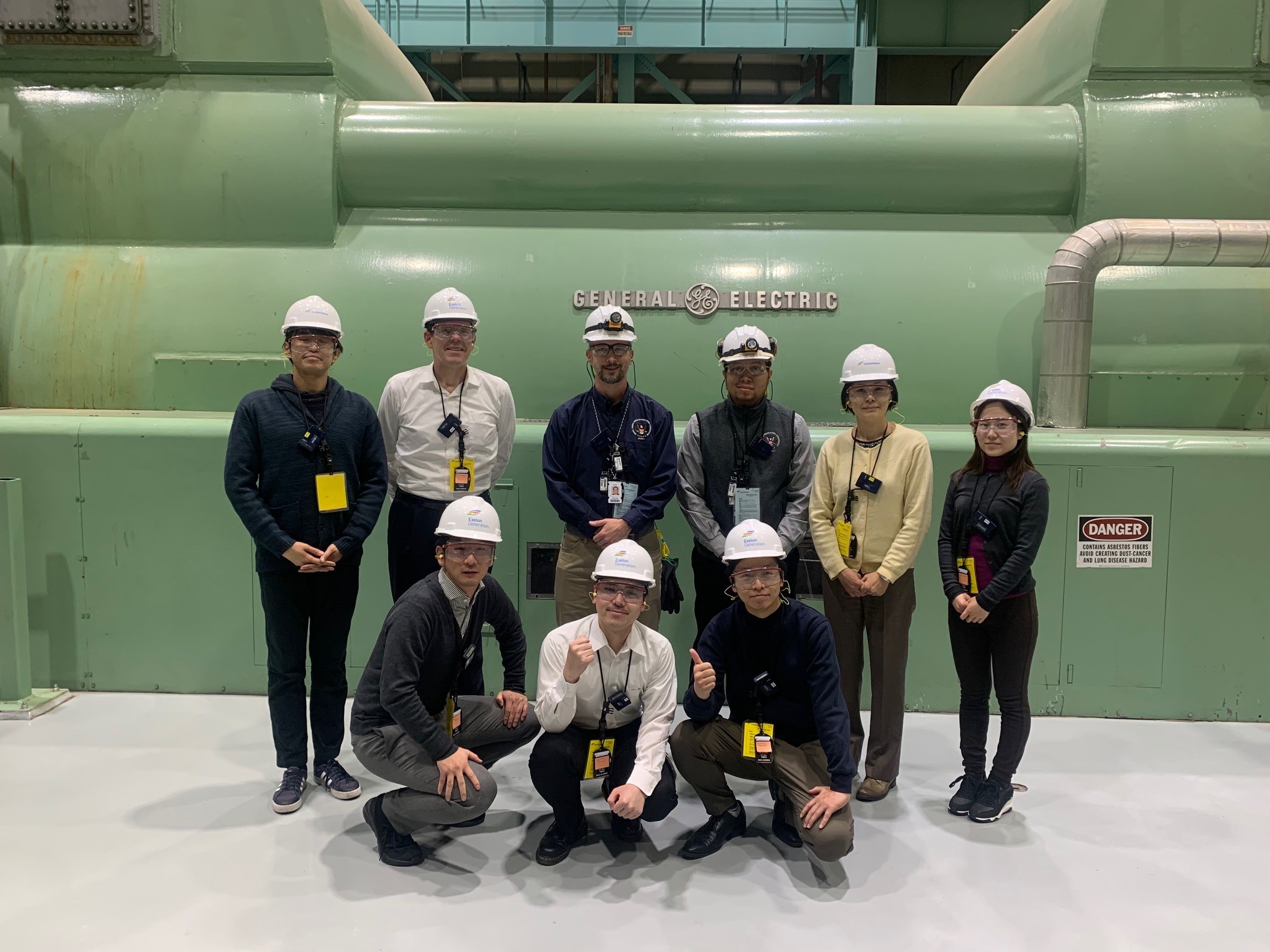
In the wake of Chernobyl, sweeping reforms transformed the global nuclear industry. The IAEA launched the Chernobyl Forum to coordinate international safety efforts and share lessons learned. The 2023 Nuclear Energy Agency (NEA) review emphasized the necessity of robust regulatory oversight, transparent communication, and international collaboration. Modern reactors are now built with multiple redundant safety systems, and staff undergo intensive simulation-based training. Emergency response protocols have been standardized and improved, with regular drills and cross-border cooperation agreements. Transparency has become a guiding principle: countries now report incidents more openly, and independent oversight bodies have greater authority. These measures have helped restore some public confidence, but the sector continues to operate under intense scrutiny.
7. Chernobyl Today: Tourism and Research

The Chernobyl Exclusion Zone has become an unlikely destination for tourists and scientists. In 2023, over 100,000 people visited the zone, guided through abandoned towns, the iconic Ferris wheel, and the reactor’s massive sarcophagus. Tourists are drawn by a mix of history, curiosity, and the haunting beauty of a landscape reclaimed by nature. Researchers continue to monitor radiation’s long-term effects on the environment and wildlife. A 2024 study in Nature documented genetic adaptations in plants and animals, providing rare insights into evolution under extreme conditions. The Ukrainian government has also supported documentary projects and scientific conferences, turning Chernobyl into a living laboratory. Despite safety protocols, there are ongoing debates about the potential risks of increasing human presence in the zone.
8. Cultural Representations and Media

Chernobyl’s story has captivated global audiences through films, books, and documentaries. The HBO miniseries “Chernobyl,” released in 2019, reignited global interest and won multiple awards for its intense portrayal of the disaster and its aftermath. Media coverage since then has surged, with a 2023 Media Research Center analysis noting a marked increase in news stories and documentaries focused on nuclear safety. New books and podcasts delve into personal stories of survivors, exploring the social and psychological fallout. These cultural works have been credited with influencing public debates about nuclear power, with surveys showing heightened skepticism among viewers. The disaster’s representation in art and media continues to shape how new generations understand both the risks and responsibilities of nuclear technology.
9. The Legacy of Chernobyl: A Cautionary Tale
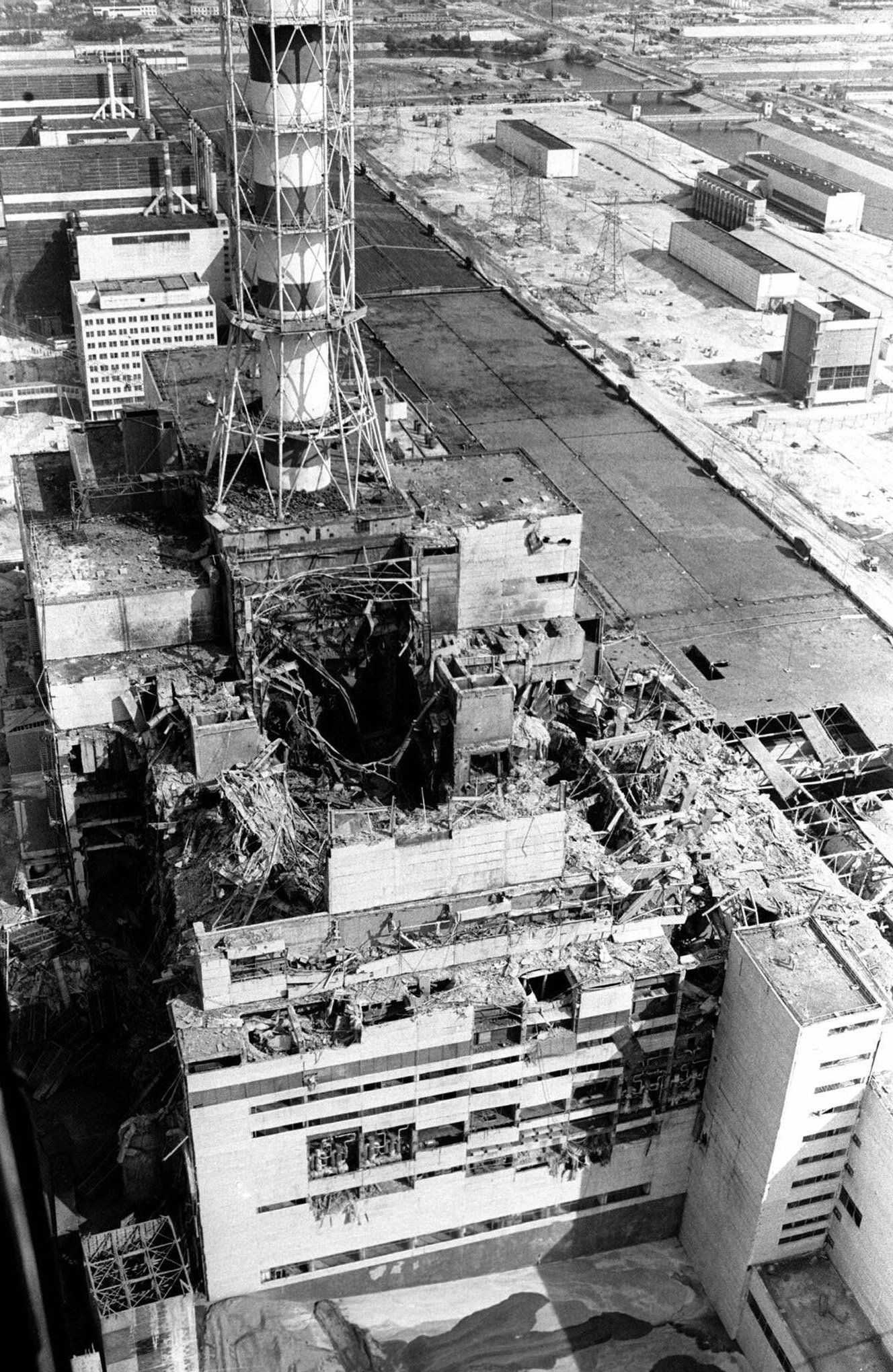
Chernobyl is a stark warning against complacency and secrecy in high-risk industries. The disaster exposed critical gaps in Soviet-era safety culture and crisis management. A 2024 report from the International Commission on Radiological Protection (ICRP) called for continual reassessment of nuclear safety standards and the development of new monitoring technologies. The site is now used to train emergency responders and test radiation detection equipment. International agencies regularly review lessons from Chernobyl to inform safety practices at both legacy and new reactors. The disaster’s legacy is also visible in the global push for renewable energy, as countries seek safer and more sustainable options. The cautionary message from Chernobyl remains deeply embedded in energy policy and scientific research.
10. Looking Forward: The Future of Nuclear Energy
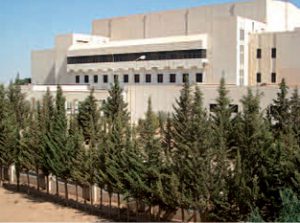
Nuclear power continues to spark debate as the world faces the dual challenges of energy demand and climate change. The International Energy Agency’s 2024 outlook projects a 25% increase in global nuclear capacity by 2030, with major investments in next-generation reactors in China, India, and the Middle East. New designs focus on passive safety features and smaller, modular reactors that promise greater resilience and flexibility. However, public trust remains a significant hurdle, as highlighted by a 2024 Global Nuclear Energy Partnership survey showing persistent concerns about waste management and accident risks. Governments are investing in advanced waste storage solutions and improved regulatory frameworks. The industry’s future hinges on its ability to balance innovation with transparency and the hard-earned lessons of Chernobyl.

